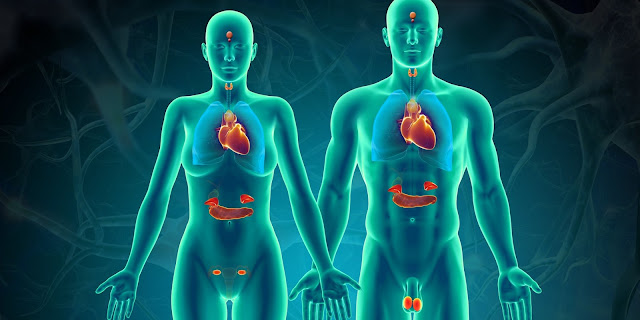The Toxic Chemical Lurking in Our Daily Products: The Issue of Bisphenol A
Bisphenol A: An Overview
Bisphenol A, commonly known as BPA, is a synthetic chemical that is primarily used in the production of polycarbonate plastics and epoxy resins. First developed in 1891, BPA acts as a monomer in the production of plastics and resins. These materials provide strength, durability and clarity to a wide range of products. However, over time, studies have linked BPA exposure to several health risks in both humans and animals.
Prevalence in Daily Life
BPA is highly prevalent in our daily lives due to its use in a variety of common
consumer products and food containers. It is found in hard, clear plastic
bottles for water as well as plastic containers and packaging for various
canned and frozen foods. The chemical is also used in dental sealants and
coatings on metal products like food cans. Even thermal paper commonly used for
printing sales receipts contains BPA and leads to human exposure. The
widespread use of BPA means humans are regularly exposed through our diets,
environments and behaviors on a daily basis.
Potential Health Effects
Scientific research over the past few decades has indicated that BPA
may disrupt cell signaling and interfere with cellular functions at very low
doses. Some key health effects that have been associated with BPA exposure
include:
- Developmental and reproductive issues: Studies on animals have linked
prenatal and early-life exposure to BPA to effects on the brain, behavior and
prostate gland in male offspring as well as greater mammary gland density in
female offspring.
- Obesity and diabetes: Rodent studies have found that perinatal BPA exposure
may increase body weight and the risk of obesity as well as insulin resistance
and impaired glucose tolerance in offspring.
- Heart disease: Emerging evidence suggests that higher BPA levels in humans
may result in increased risk of cardiovascular diseases like coronary artery
disease and heart attacks.
- Infertility: Multiple studies demonstrate that high BPA exposures are related
to decreased sperm quality in men as well as ovarian dysfunction and reduced
fertility in women.
- Breast and prostate cancer: Cell and animal research indicates that BPA can
promote cancer cell growth and tumor formation. Some epidemiological studies
note correlations between urinary BPA levels and increased breast and prostate
cancer risk in humans as well.
Regulatory Actions
In light of accumulating scientific evidence on BPA's health impacts,
regulatory bodies worldwide have taken steps to restrict or ban the chemical
from certain products. Some key regulatory developments include:
- The FDA banned BPA from baby bottles and sippy cups in 2012, acknowledging
that infants are particularly vulnerable to the toxic effects of the chemical.
- The EU declared BPA a "substance of very high concern" in 2010,
putting severe restrictions on its use in consumer products that come into
contact with food and drink.
- Canada took a more aggressive stance by declaring BPA toxic in 2010 under
their environmental protection laws, effectively banning the substance from all
food and beverage containers.
- While the EPA continues to classify BPA as having "low" toxicity
concerns, eight U.S. states have banned BPA in children's products like sippy
cups and bottles as of 2021 due to public health risks.
Ongoing Controversy in the Business World
Despite regulatory actions restricting BPA, business interests have pushed back
against further regulation of the chemical and claims about its health impacts.
Major plastics manufacturers argue that existing exposure levels don't exceed
safe limits set by regulatory bodies. They highlight BPA's economic value and
the costs of transitioning to alternative materials. However, some key ongoing
controversies remain:
- Studies continue to uncover neurological, metabolic and reproductive health effects
of BPA below current safety standards set by the EPA and FDA.
- Controversies persist around risk assessments that have deemed BPA safe based
only on studies of direct exposure rather than the multifaceted human
experience.
- Alternatives to BPA exist but some pose their own environmental and health
concerns regarding recyclability and toxicity that require evaluation.
Ultimately, as scientific understanding of endocrine-disrupting chemicals
evolves, the debate around fully banning or regulating BPA in consumer goods
and food packaging will remain an important issue at the intersection of
business, public policy and public health for years to come.




Comments
Post a Comment